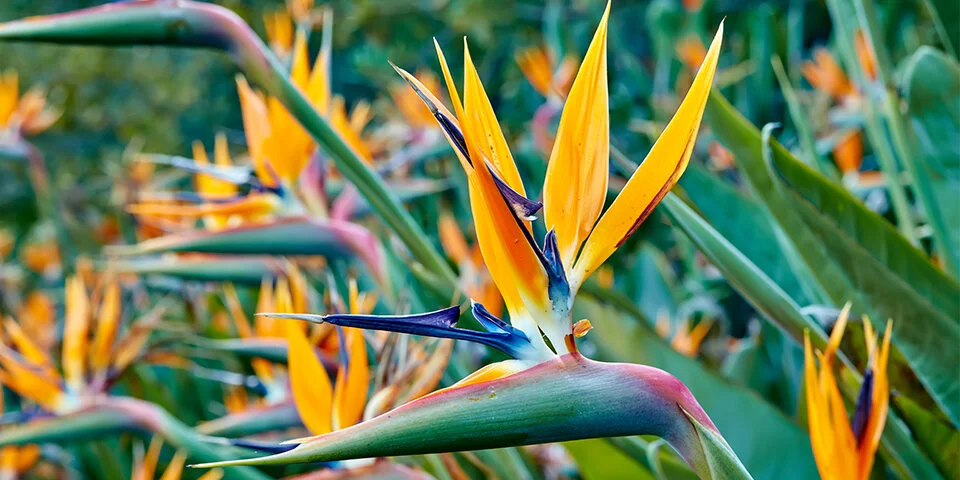My wife, Helen, recently asked me if there would be any risk in using some potatoes that showed greening of the skins, and I responded, “None whatever.” My answer was based on the research I did for an article in this column 18 years ago in which I wrote, “Potatoes produce solanine, an alkaloid with similar toxic effects to atropine. There is only a small amount in the tubers, but potentially dangerous quantities are present in the tops and in the skin of the tubers if they have experienced ‘greening’ either because part of the surface was above the ground before harvest or because they have been exposed to light during storage or display. The amount of solanine present in green parts of the plant can be lethal when injected into animals but is usually harmless when eaten. Solanine is rapidly broken down in the stomach and is poorly absorbed from the gut. This probably explains the rarity of reports of potato poisoning in humans and farm animals although a few cases have occurred. Green potato tops are eaten by members of the English Bangladeshi community, apparently without ill effects.” Hmm, maybe it would be a good idea to have another look into the question.
My first thought was that if potato greens are a dietary item for the Bangladeshi diaspora, I should be able to find some recipes for their preparation on the internet. I soon learnt that all references to potato greens were to sweet potatoes, which are commonly eaten in Asia, Africa, and the American South. Reports on their palatability ranged from ‘delicious’ to ‘mild and somewhat bitter.’ The reason that ‘Irish’ potatoes are not eaten, apart from their reputed toxicity, is that they are extremely bitter, and this may also explain why there are so few reports of poisoning. I then realized that my reference to the appetite of the Bengalis for potato greens came from a single source, an otherwise excellent study examining the toxicity of green potato tops and their principal ‘glycoalkaloids’ (GAs}, alpha-solanine and alpha-chaconine (Phillips BJ et al. A study of the toxic hazard that might be associated with the consumption of green potato tops. Food Chem Toxicol. 1996 May;34(5):439-48.) Evidently, the authors didn’t realize that the Bengali delicacy was the sweet potato. They administered homogenized potato tops by gavage (tube feeding) to rats, mice, and hamsters and observed no ill effect. Injection of ana-solanine/ a-chaconine mixture was lethal to hamsters within 24 hours while the same amount given by gavage for three days was harmless. So, in hamsters, at least, a potentially fatal dose of GAs is poorly absorbed from the gastrointestinal tract.
What are we to make, then, of reports of human poisoning by green potatoes? In the first place, considering how ubiquitous potatoes are in our diet, such reports are extraordinarily rare. Some of them can be dismissed as questionable, such as this recent one from Saudi Arabia. An eleven-year-old boy presented to the emergency room with colicky abdominal pain and vomiting of greenish material. His mother reported that she had been too busy to respond immediately to his complaint of hunger and he ate some raw potatoes in her absence. During an eight-day stay in the hospital his heart rate dropped to “less than 60 beats per minute,” as shown in an ECG that was mounted upside down (Al Masaoud et al. A challenging case of suspected solanine toxicity in an eleven-year-old Saudi boy. J Family Med Prim Care. 2022 Jul;11(7):4039-41.) In other cases of suspected solanine poisoning, if the heart rate was mentioned, it was described as rapid.
The best documented report of human poisoning occurred at a London day school where 78 junior students developed diarrhoea and vomiting after eating potatoes. Seventeen required hospital admission for up to 11 days. Other symptoms included fever and abdominal pain and, in some of the most severely affected, stupor and circulatory collapse. Senior students and staff who had the same meal experienced no illness. Solanine poisoning was confirmed by showing reduced plasma pseudocholinesterase levels in ten boys and by showing large amounts of GAs in waste material from the meal. All of those who became ill had consumed potatoes from a small bag left over from the school summer term, some three months earlier (McMillan M, Thompson JC. An outbreak of suspected solanine poisoning in schoolboys. Q J Med. 1979 Apr; 48(190):227-43.)
What about fatal human poisoning? There was one convincing report of a family of nine in Indiana that consumed greened potatoes that had been exposed to sunlight over three days. All became sick except a child of 18 months who was fed little but milk, and the father who did not eat the tubers. Two of the family died. (Hansen AA. Two fatal cases of potato poisoning. (Science. 1925;61(1578):340-1.) The only other report of death from solanine poisoning occurred in a five-year old child who consumed berries of the black nightshade (Alexander RF et al. A fatal case of solanine poisoning, Br Med J, 1948 Sep 11:2(4575):518.)
So, my statement that there is no risk in eating greened potatoes must be withdrawn. However, I think it is safe to say that you can use them if you cut away the greened parts. The GA content of the tubers is affected by storage conditions but also by the variety of potato, and those grown commercially have been selected for low production. A potato cultivar called Lenape was released in 1967, showing great commercial promise because of its resistance to insects and diseases, and also a low sugar content that made it desirable for producing chips. Unfortunately, the tubers contained some three times the GA content of other varieties and it was removed from the market three years later.

